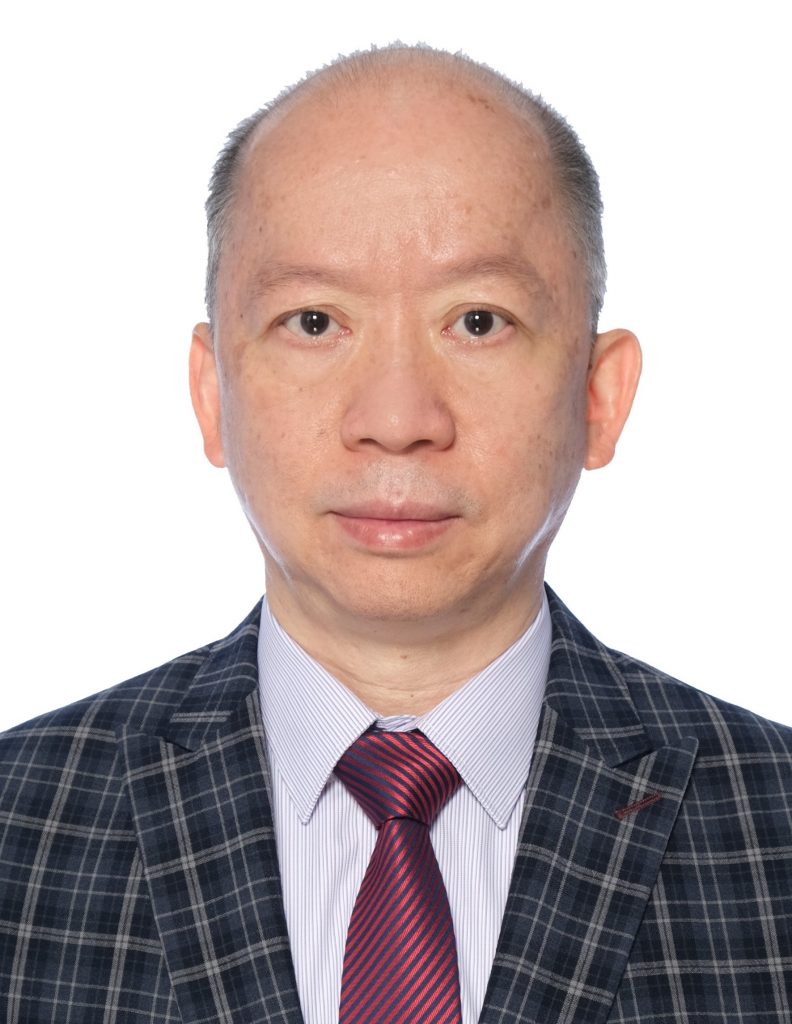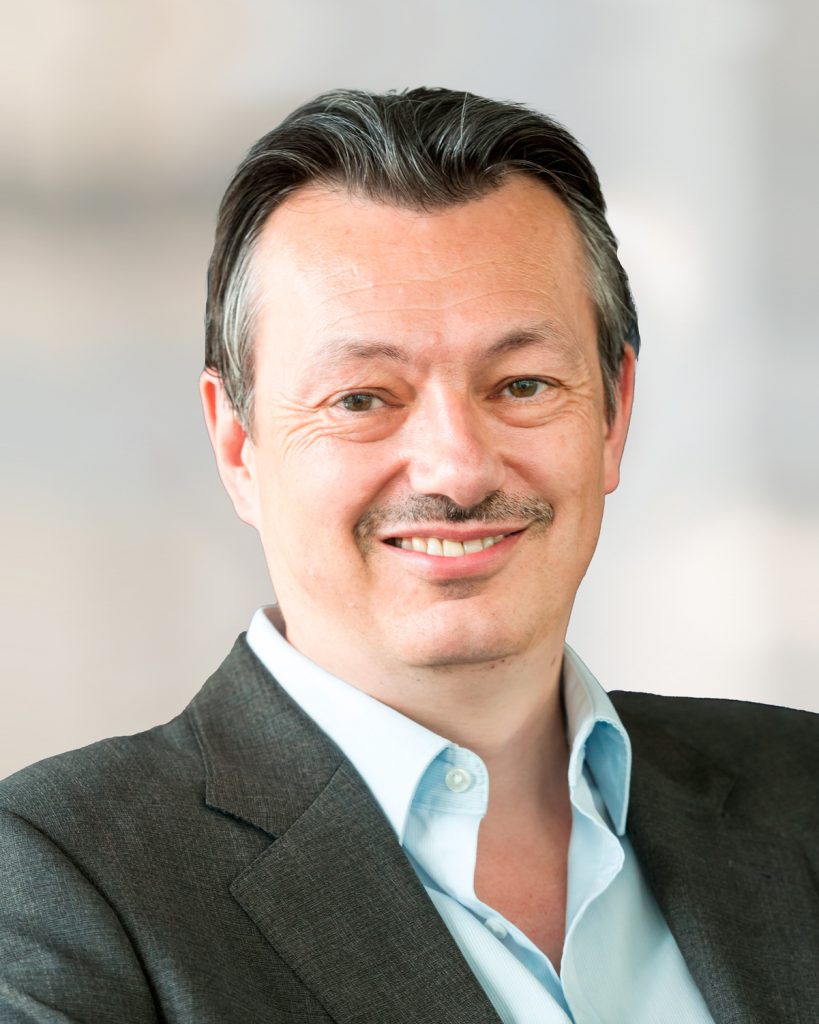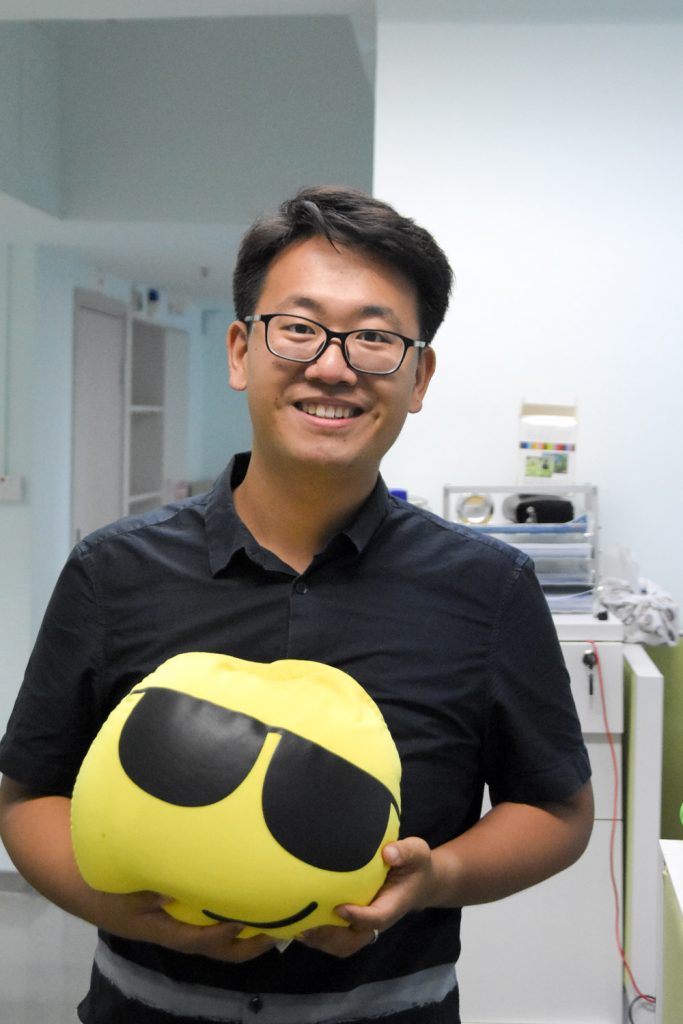HKAES TechTalk – Magneto-electric Dipole – Advanced Antenna Technology for a Smart World
Since Heinrich Hertz developed the first antenna in 1887 to demonstrate the existence of radio waves, the antenna has become the linchpin in countless wireless systems and devices. With the increasing demand for faster wireless connectivity, rising adoption of smartphones for consumer electronics, and accelerating digitization, stringent requirements, such as wide bandwidth and compact size, are imposed on antenna technology. The magneto-electric (ME) dipole is proposed to tackle the new challenges. It has been developed for mobile communications, global navigation receivers, radars, sensors, medical imaging systems and wireless power transfer systems. Compared with conventional antennas such as dipoles, slots and microstrip antennas, the ME dipoles have many distinguished features including wide bandwidth, low cross-polarization, low back radiation and stable gain and beamwidth over the operating frequencies. An overview of the theory and applications of the ME dipoles will be presented.










